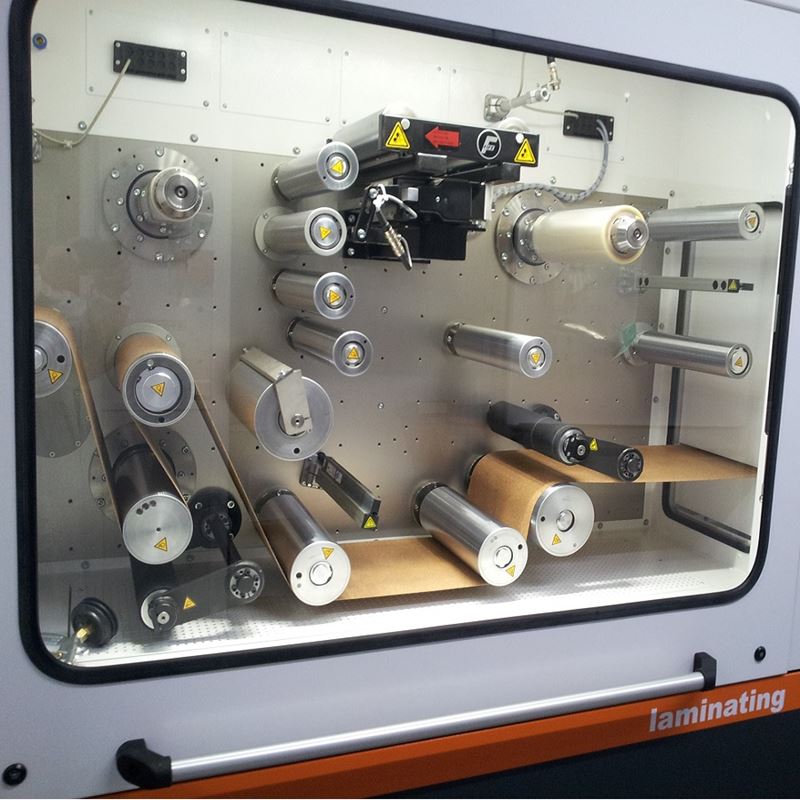Amorim Cork Composites is a member of the consortium responsible for the patent of a totally innovative system, that makes it possible to print reliable and functional heating circuit systems in cork.
The production process of agglomerated cork, preparation of cork surfaces and printing of heating circuits was designed to be continuous, or using sheets. This prevents separation of the layers (delamination) and offers the benefits of thermal insulation provided by cork. The invention has various possible industrial applications and may be extended to printing sensors for multiple applications.
An agglomerated cork and surface treatment has been developed that can support the printing of electrical circuits. This development involves printing using cost-effective and efficient industrial processes. This patent may be applied in various fields, in particular the upper layers of flooring, thus delivering the added value of heating in an upward direction, associated to the insulation provided by cork in a downward direction. In this way, the solution minimizes the energy consumption in a specific room. This solution, offering the same benefits, can also be used in composite sandwich layers in the floors or panels of trains or buses. An additional advantage is that this involves a smaller number of layers, thus avoiding possible delamination.
-
The patent was granted in the framework of the Invisible Network project, to the Amorim Cork Research consortium, constituted by Amorim Cork Composites, Amorim Revestimentos and the Centre for Nanotechnology and Technical, Functional and Intelligent Materials.
About Invisible Network
Invisible Network was a mobilizing project whose global objective was to develop a new generation of interactive products, based on concepts of invisible computing and ubiquitous computing. Invisible computing makes it possible to introduce new features into everyday objects, making them interactive and providing the consumer with a richer experience. The introduction of interactivity on surfaces and objects as diverse as cork-based objects, glass containers, furniture, advertising screens, building facades or laminated flooring for flooring solutions, was studied in the framework of this project using various complementary technologies: chemistry, nanotechnology, printed electronics and embedded systems.
Would you like to know more about this subject?
Let us know your details and we'll get back to you.
